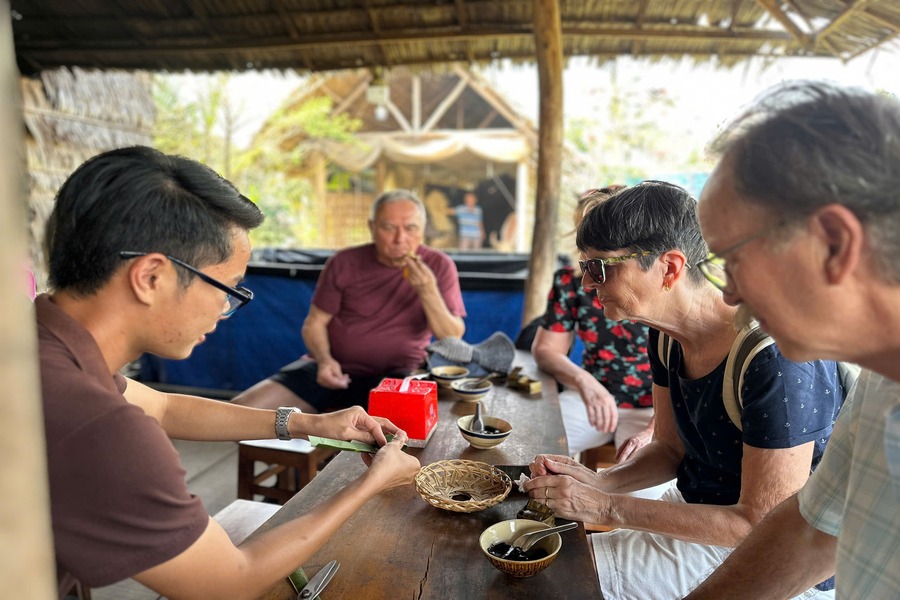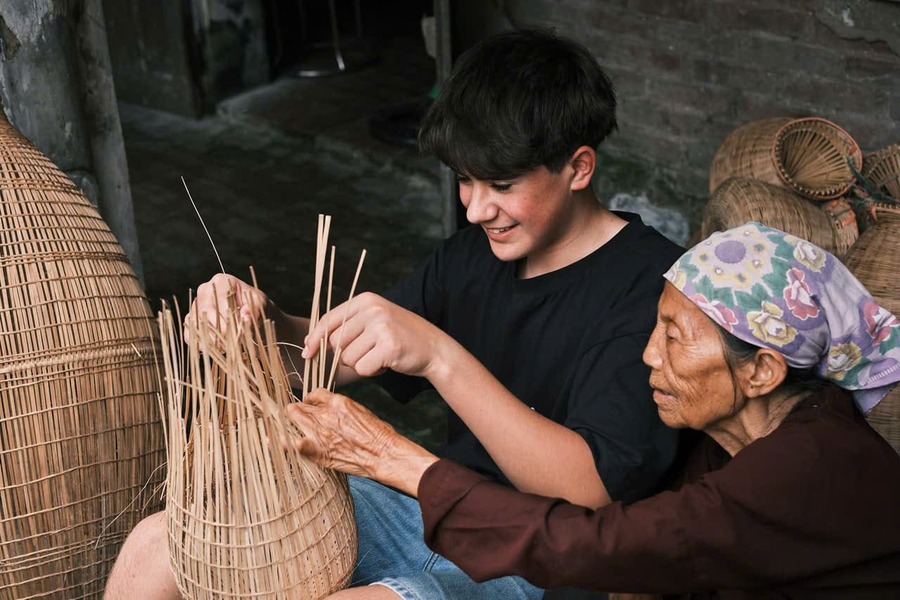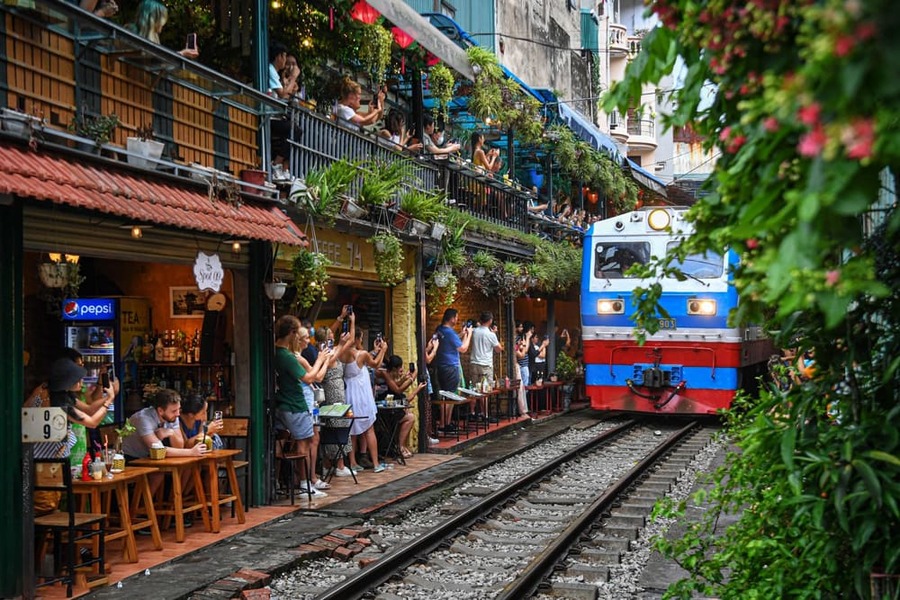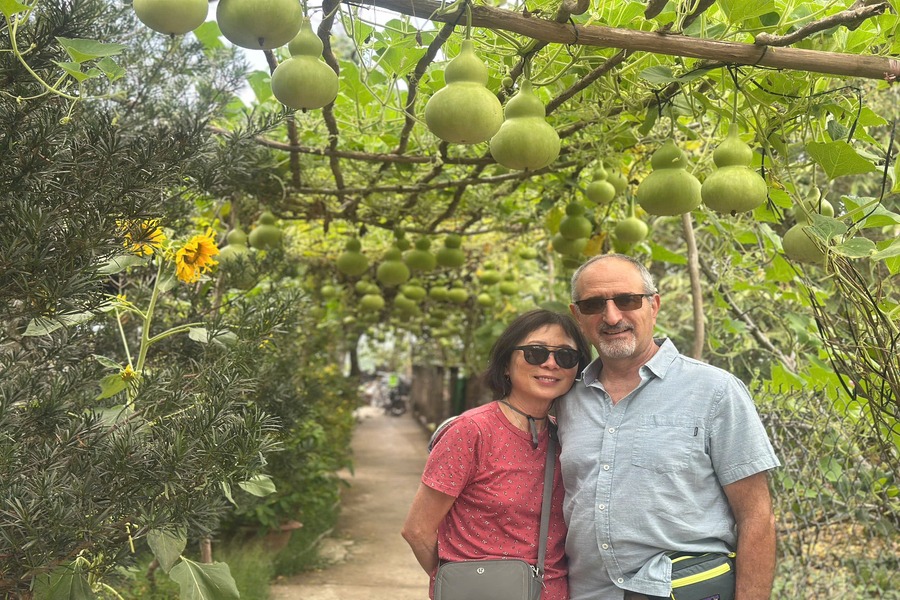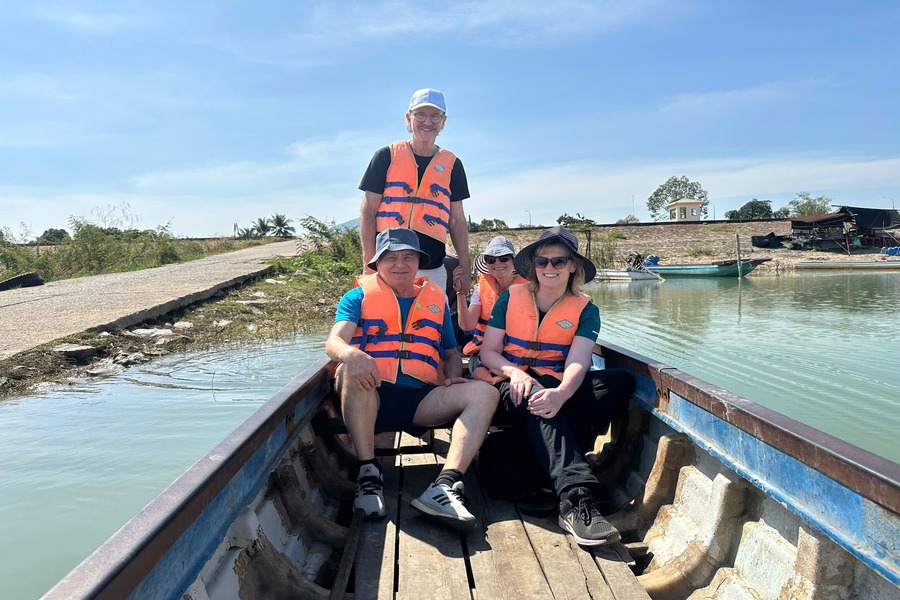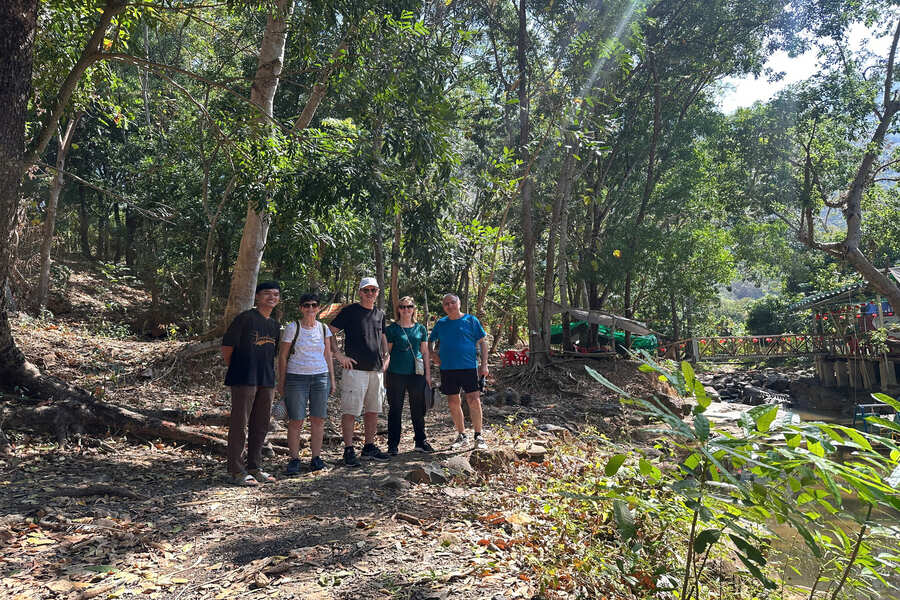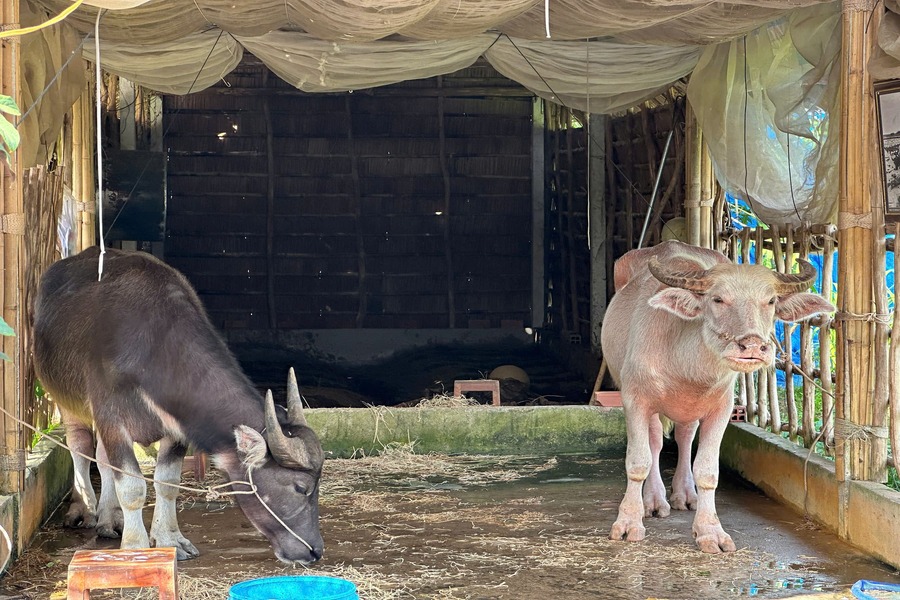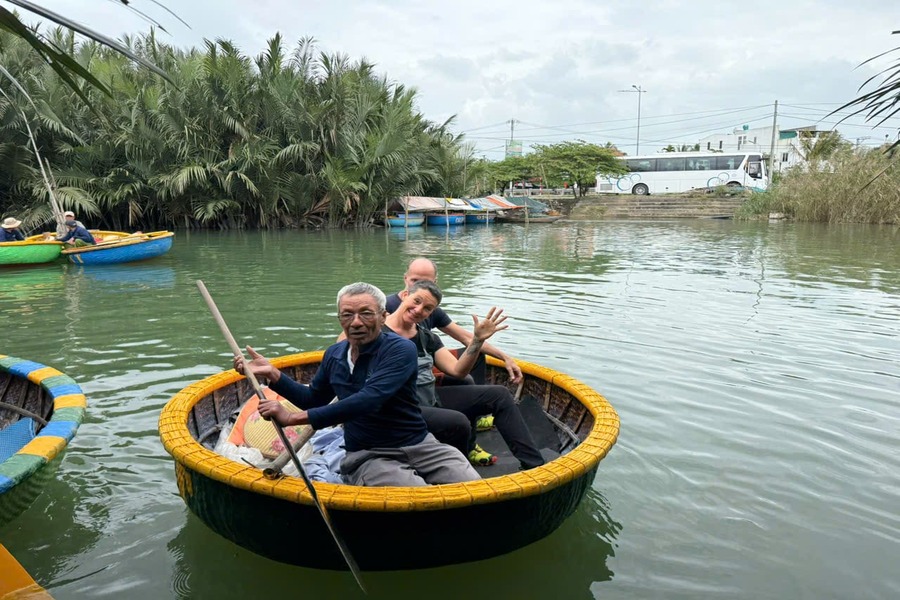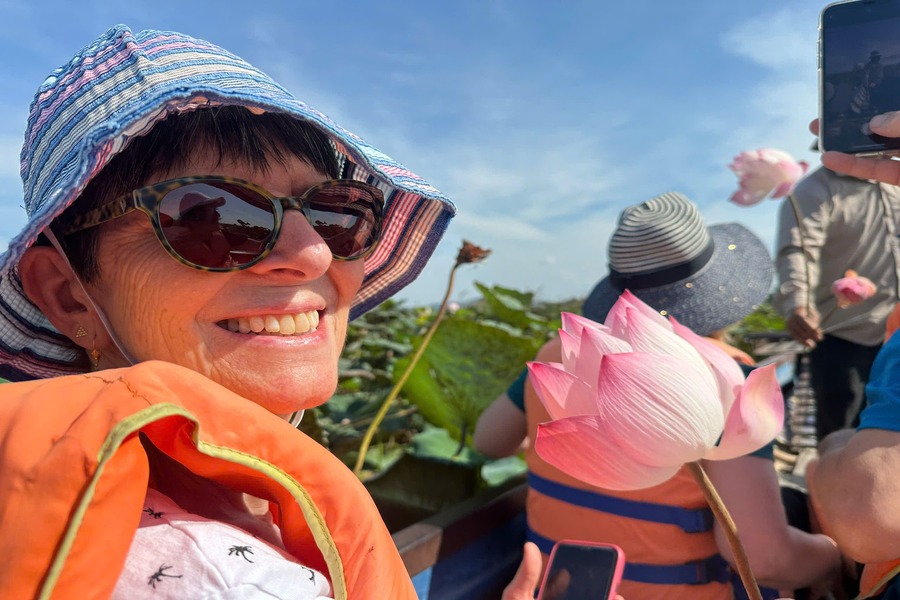In a significant move to revitalize its tourism sector and foster stronger international ties, the Vietnamese government has announced a new visa exemption policy effective from August 15, 2025. This initiative allows citizens from 12 additional European countries to enter Vietnam visa-free for tourism purposes, with a stay of up to 45 days. The policy is set to run until August 14, 2028, and comes on the heels of earlier extensions, bringing the total number of countries enjoying unilateral visa waivers to 24. This expansion is part of a broader strategy to stimulate economic growth, attract more international visitors, and position Vietnam as a top travel destination in Southeast Asia.
As global travel rebounds post-pandemic, Vietnam’s proactive approach to easing entry requirements is timely. With stunning landscapes ranging from emerald rice terraces to pristine beaches, a rich cultural heritage, and world-renowned cuisine, the country has much to offer. The visa waiver not only simplifies travel planning for tourists on a Vietnam tour package but also signals Vietnam’s openness to global collaboration in fields like investment, science, and culture. In this comprehensive guide, we’ll delve into the details of the new policy, explore its implications for tourism, highlight must-visit attractions, and provide practical tips for travelers. Whether you’re a first-time visitor or a seasoned explorer, this update makes Vietnam more accessible than ever.
Details of the New Visa Exemption Policy
The Vietnamese government’s Resolution 229, issued on August 11, 2025, outlines the visa-free entry for citizens of the following 12 countries: the Kingdom of Belgium, the Republic of Bulgaria, the Republic of Croatia, the Czech Republic, Hungary, the Grand Duchy of Luxembourg, the Kingdom of the Netherlands, the Republic of Poland, Romania, the Slovak Republic, the Republic of Slovenia, and the Swiss Confederation. This policy applies to all passport types and is exclusively for tourism purposes, allowing a temporary stay of 45 days from the date of entry.
This three-year program aims to boost inbound tourism by removing bureaucratic hurdles that often deter spontaneous or short-term trips. Unlike e-visas or visa-on-arrival processes, which can involve fees and paperwork, this exemption streamlines the process entirely. Travelers simply need a valid passport with at least six months’ validity and proof of onward travel. It’s worth noting that extensions beyond 45 days may require applying for a visa through standard channels, but for most vacationers, this duration is ample to experience Vietnam’s highlights.
The decision builds on previous efforts. In March 2025, Vietnam extended unilateral visa exemptions for another 12 countries until 2028, demonstrating a consistent commitment to tourism recovery. Now, with these additions, Vietnam is targeting European markets known for their high spending power and interest in cultural and adventure travel. For instance, Swiss tourists, renowned for their love of nature, can now easily explore Vietnam’s national parks without visa worries.
This policy isn’t just about quantity; it’s about quality. By focusing on tourism, Vietnam encourages visitors to engage with local economies through accommodations, dining, and excursions. Experts predict this could lead to a surge in bookings from these countries, especially during peak seasons like autumn and winter when Europeans seek warmer climates.
Complete List of Visa-Free Countries for Vietnam in 2025
With the latest additions, Vietnam now offers unilateral visa exemptions to citizens of 24 countries for stays up to 45 days. This list includes a mix of Asian, European, and other nations, reflecting Vietnam’s strategic outreach. Here’s the full breakdown:
Previously Exempted Countries (Extended in March 2025):
- Germany
- France
- Italy
- Spain
- United Kingdom
- Russia
- Japan
- South Korea
- Denmark
- Sweden
- Norway
- Finland
These nations have enjoyed visa-free access since earlier policies, and the extension ensures continuity until 2028. For example, South Korean tourists, who form a large portion of Vietnam’s visitors, benefit from seamless travel to destinations like Phu Quoc Island.
Newly Added Countries (Effective August 15, 2025):
- Belgium
- Bulgaria
- Croatia
- Czech Republic
- Hungary
- Luxembourg
- Netherlands
- Poland
- Romania
- Slovakia
- Slovenia
- Switzerland
This expansion predominantly targets Central and Eastern European countries, many of which are part of the European Union. Citizens from these nations can now plan trips without the hassle of visa applications, potentially increasing travel from regions like the Balkans and Benelux.
It’s important to clarify that this is a unilateral exemption—Vietnam does not require reciprocity from these countries for its citizens. Additionally, bilateral agreements exist with other nations like ASEAN members (e.g., Thailand, Indonesia), allowing 30-day stays. For a complete picture, travelers should check official sources, as policies can evolve.
In total, including bilateral and special exemptions, over 39 countries enjoy some form of visa waiver with Vietnam, making it one of the more accessible destinations in Asia. This progressive stance contrasts with stricter regimes in neighboring countries like China or India, positioning Vietnam as a gateway for regional exploration.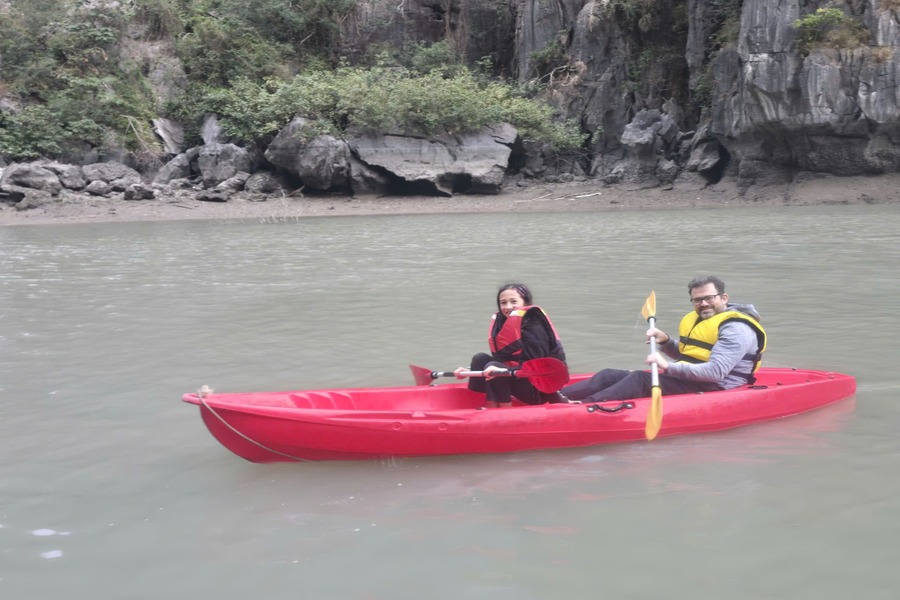
Special Visa Exemptions for High-Profile Individuals
Beyond the general tourism waiver, the government introduced special exemptions on August 8, 2025, for six priority groups to support socio-economic development. These include:
- Guests of High-Level Leaders: Invites from national or provincial heads, facilitating diplomatic and business exchanges.
- Scholars, Experts, and Scientists: Including professors, researchers, and high-tech engineers in fields like digital industries, to attract talent for innovation.
- Investors and Business Leaders: Executives from the world’s top 100 capitalized companies, encouraging foreign direct investment.
- Cultural, Artistic, Sports, and Tourism Influencers: Individuals with positive public impact, such as artists or athletes. Notably, football players must rank in the global top 100 by reputable organizations and be invited by local clubs for matches or events.
- Honorary Consuls: Vietnamese honorary consuls abroad and their guests.
- Invited Guests of Research Institutes, Universities, and Major Enterprises: Promoting academic and corporate collaborations.
These exemptions can last up to five years with multiple entries, issued as special cards. This targeted approach aims to draw global elites, fostering knowledge transfer and economic partnerships. For instance, a Polish tech expert could now collaborate on Vietnam’s growing semiconductor industry without visa barriers.
Impact of Vietnam’s Visa Exemptions on the Tourism Industry
The visa expansions come amid robust growth in Vietnam’s tourism sector. According to the Vietnam National Administration of Tourism, international arrivals reached 12.2 million in the first seven months of 2025, a 22% increase from the same period in 2024. This surge builds on half-year figures of nearly 10.7 million visitors, with June alone seeing 1.46 million arrivals.
Revenue from travel services hit VND 21.5 trillion in Q1 2025, up 18.3% year-on-year. Analysts attribute this to relaxed visa policies, improved infrastructure, and marketing campaigns. The new exemptions are expected to add millions more visitors, particularly from Europe, where interest in Asia-Pacific destinations is rising.
In 2019, pre-pandemic, Vietnam welcomed 18 million tourists, and 2025 projections aim to surpass that. With Asia contributing the majority (e.g., 13.7% growth in Asian visitors), Europe could see similar spikes post-exemption.
Benefits of the Visa Waiver Program for Travelers and Vietnam
Visa waivers offer multifaceted advantages. For travelers, they reduce costs (no application fees) and time, enabling last-minute trips. This flexibility appeals to millennials and families seeking hassle-free vacations.
For Vietnam, benefits include increased tourist spending, job creation in hospitality, and cultural exchange. Studies show visa relaxations can boost arrivals by 20-30%. They also attract investors, as seen in the special exemptions, potentially elevating Vietnam’s global competitiveness.
Compared to peers like Thailand (visa-free for 93 countries), Vietnam’s targeted approach balances security with openness. Long-term, this could enhance Vietnam’s reputation as a safe, welcoming hub.
Where to Go in Vietnam with the New Visa-Free Entry Policy
Vietnam’s allure lies in its diversity. Here are detailed highlights of top attractions, perfect for visa-free explorers:
Ha Long Bay: UNESCO World Heritage Site
This iconic bay in northern Vietnam features over 1,600 limestone islands rising from emerald waters. Activities include kayaking, cave explorations (e.g., Sung Sot Cave), and overnight cruises. It’s a photographer’s dream, with sunsets painting the karsts in golden hues. Nearby Cat Ba Island offers hiking and beaches for a more relaxed vibe.
Hanoi: The Vibrant Capital
Hanoi’s Old Quarter buzzes with street food vendors, colonial architecture, and temples like the Temple of Literature. Don’t miss Hoan Kiem Lake for morning tai chi or the Water Puppet Theatre for cultural shows. The city’s blend of French and Vietnamese influences creates a unique atmosphere. Explore the Ho Chi Minh Mausoleum to delve into modern history.
Hoi An: Ancient Town Charm
A UNESCO site, Hoi An’s lantern-lit streets and yellow-hued buildings evoke a bygone era. Tailor-made clothing shops, cooking classes, and the Japanese Covered Bridge are highlights. Cycle to nearby beaches or visit My Son Sanctuary for Cham ruins. The Full Moon Lantern Festival is magical.
Ho Chi Minh City: Bustling Metropolis
Formerly Saigon, this southern hub features the War Remnants Museum, Notre-Dame Cathedral, and bustling Ben Thanh Market. Cu Chi Tunnels offer insights into Vietnam’s wartime resilience. Nightlife thrives in District 1, with rooftop bars overlooking the Saigon River.
Sapa: Mountainous Retreat
In the northwest, Sapa’s terraced rice fields and ethnic minority villages (H’mong, Dao) provide trekking opportunities. Summit Fansipan, Indochina’s highest peak, via cable car. Homestays immerse visitors in local culture, with markets selling handmade crafts.
Phong Nha-Ke Bang National Park: Cave Wonderland
Home to Son Doong, the world’s largest cave, this park offers spelunking, zip-lining, and river swims. Paradise Cave’s stalactites are awe-inspiring.
Phu Quoc Island: Beach Paradise
Vietnam’s largest island boasts white-sand beaches, coral reefs, and cable car rides to Hon Thom. Snorkeling, fish sauce factories, and sunset cocktails make it ideal for relaxation.
Mekong Delta: River Life
Cruise floating markets in Can Tho, sample tropical fruits, and cycle through villages. It’s a glimpse into rural Vietnam’s rhythms.
Hue: Imperial Legacy
The former capital’s Citadel, royal tombs, and Perfume River boat rides showcase Nguyen Dynasty history. Imperial cuisine, like bun bo Hue, is a culinary highlight.
Nha Trang: Coastal Vibes
Known for diving and islands, Nha Trang’s beaches and Vinpearl Amusement Park attract families.
These sites showcase Vietnam’s natural beauty, history, and culture, ensuring every traveler finds something memorable.
Planning Your Trip to Vietnam: Tips for Visa-Free Travelers
With visa barriers lifted, planning is straightforward. Book flights to Hanoi or Ho Chi Minh City via major carriers like Vietnam Airlines. Budget for internal travel—trains for scenic routes, buses for affordability, or flights for speed.
Accommodations range from luxury resorts (e.g., InterContinental in Phu Quoc) to hostels. Use apps like Booking.com for deals. Cuisine is a highlight: try pho, banh mi, and fresh seafood. Respect customs—remove shoes indoors, dress modestly at temples.
Health-wise, get vaccinations for hepatitis and typhoid; use mosquito repellent. Currency is VND; ATMs are widespread. Best time: North (October-April), South (December-March).
For eco-conscious travelers, opt for sustainable tours supporting local communities. Safety is high, but watch for petty theft in crowds.
Seize the Opportunity to Explore Vietnam Visa-Free
Vietnam’s latest visa exemptions open doors to unforgettable adventures, from Ha Long Bay’s majesty to Hoi An’s charm. With tourism booming and policies favoring ease, now’s the perfect time to visit. Plan your trip today—book flights, pack your bags, and immerse in Vietnam’s wonders. For more details, visit official tourism sites. Safe travels!


